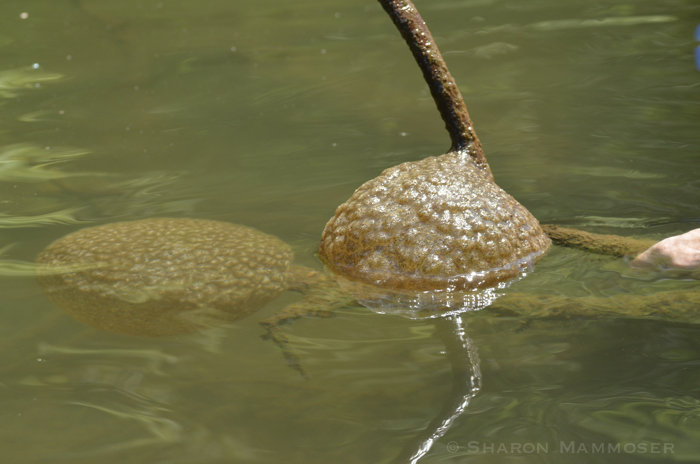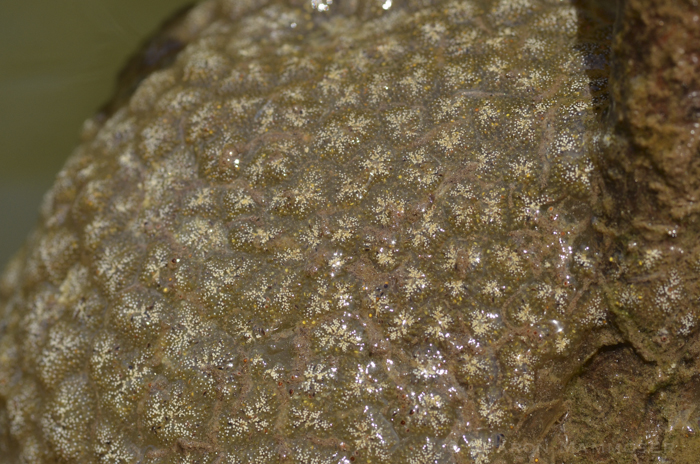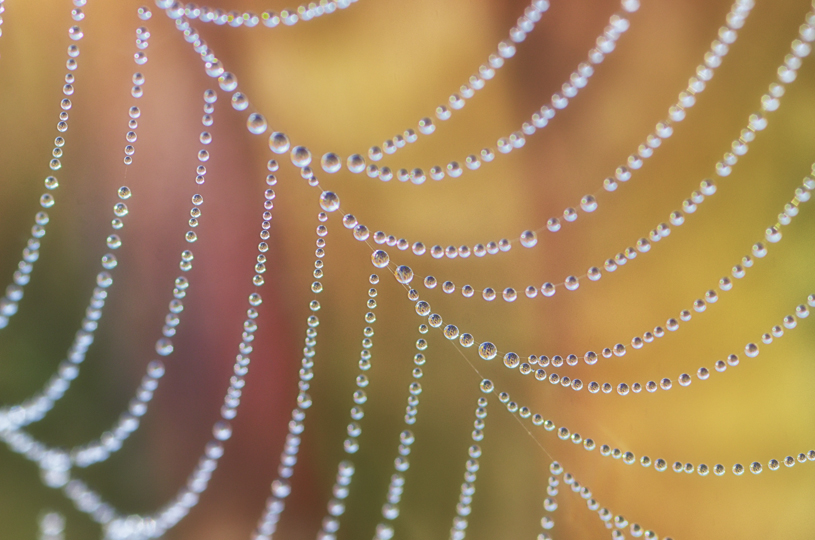Hello! Happy Saturday to you. Did you get some snow where you live? Here at my house in the woods in western North Carolina we got a little over a foot of snow that knocked our power out for 2 days. It was a winter wonderland! Easier to get in the holiday mood when there is some beautiful snow in the treetops.
As for last week’s puzzler–I think it is probably the hardest puzzler I have ever had, as it is not something most people would have seen or would have any knowledge about. When I saw it I had no idea what it was, only that it didn’t quite look like amphibian eggs. Like many of my puzzlers, I knew it would make a good puzzler, even though I didn’t know what the answer actually was! I learn, just like you.

So what were those weird brain-like gelatinous blobs attached to submerged logs and sticks in the waters of Lake Santeetlah? Well they are a kind of freshwater bryozoan called Pectinatella magnifica. But you might be saying, yes, but what does that mean!? I still don’t know the answer.
Wikipedia defines broyozoa as a “phylum of aquatic invertebrate animals. Typically about 0.5 millimeters long, they are filter feeders that sieve food particles out of the water using a retractable crown of tentacles lined with cilia.”

Basically those brain-like globs are colonies of tiny creatures called zooids that live together in these gelatinous globs, some which can be as large as two feet in diameter. Many bryozoa live in saltwater, but some, like this Pectinatella magnifica— live in freshwater. They are found in eastern North America and some parts of Europe. If you google this you will find lots of amazing photos, some showing just how big they can be.
Broyozoa are similar to corals in the ocean in that they filter particles from the water–such as plankton, algae, bacteria and detritus. In their native areas, the presence of Pectinatella magnifica is an indicator of a healthy, clean body of water as they are intolerant of muddy water or pollution. However, they can be a problem when they clog irrigation pipes or drains–or when they are growing in places outside of their normal range.
Here is a video I found on YouTube close-up of a Pectinatella magnifica filtering water in a lake in New York State.
I read about Pectinatella magnifica being found lately outside of its original range in eastern North America in the Pacific Northwest and in lakes in Canada. Scientists think this may be due to rising water temperatures in these bodies of water because of climate change, or perhaps these creatures were always there and no one noticed them. You can read more about that if you’d like from the US Fish and Wildlife Service field notes.
If you want a good laugh and 4 minutes of entertainment, check out this video from the US Fish and Wildlife Service. I couldn’t help but laugh when I heard the narrator’s voice, making it sound like something out of a horror film, but actually providing quite a lot of interesting information that will teach you everything you ever wanted to learn about Pectinatella magnifica.
And lastly, congratulations to Bill who was the winner of this quarter’s drawing for the free giveaway! Bill will soon be receiving a sampler pack of my greeting cards. If you’d like to win all you need to do is subscribe to my blog and then guess the answer to the weekly puzzlers. The more correct answers you give, the more chances you will have to win.
This week’s puzzler is not an invertebrate but is a bird found in freshwater. See if you can recognize it!
Have a great weekend! See you again soon.

